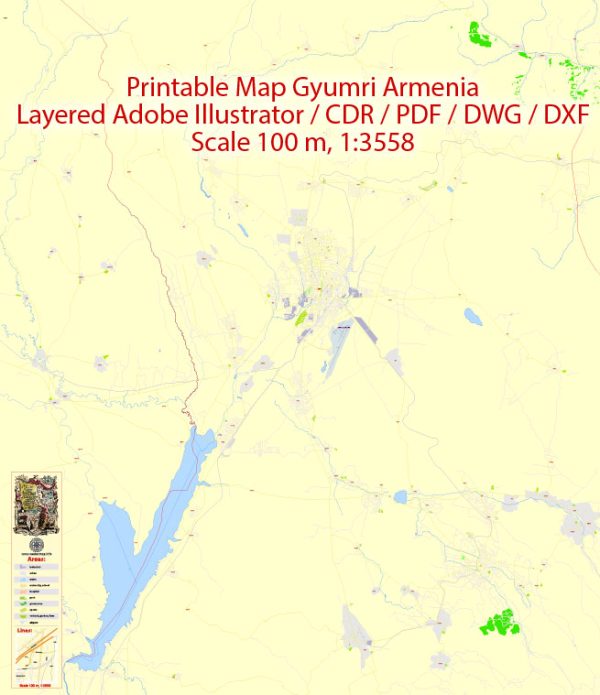Gyumri, the second-largest city in Armenia, has a rich history of urban development that spans centuries. The city, formerly known as Alexandropol, Leninakan during the Soviet era, and Kumayri before that, has faced numerous challenges and undergone significant transformations throughout its history.
- Foundation and Early History: Gyumri’s history dates back to ancient times, and it has been a settlement since at least the 5th century BC. The city’s strategic location on the crossroads of trade routes contributed to its growth. Over the centuries, it passed through various rulers, including the Persians, Byzantines, and Mongols.
- Russian Influence and Alexandropol: In the early 19th century, Gyumri came under Russian control following the Russo-Persian War. The Russians significantly influenced the city’s development, and in 1837, it was renamed Alexandropol in honor of Tsar Nicholas I. The city expanded during this period, with the construction of churches, schools, and administrative buildings.
- Cultural and Economic Hub: Gyumri became a major cultural and economic center in the region during the late 19th and early 20th centuries. The city’s architecture reflects this period, with many buildings featuring a mix of Armenian and Russian influences. The city flourished as a trading hub and was known for its cultural contributions.
- Soviet Era: During the Soviet era, the city was renamed Leninakan in honor of Vladimir Lenin. Gyumri played a role in the industrialization of Soviet Armenia, with the establishment of factories and industries. The city expanded further, and Soviet-style architecture became prevalent. The earthquake of 1988 had a devastating impact on Gyumri, causing widespread destruction and loss of life.
- Post-Soviet Independence: After the collapse of the Soviet Union in 1991, Armenia gained independence, and the city reverted to its historical name, Gyumri. The post-independence period saw economic challenges and a slow recovery from the earthquake. Efforts were made to rebuild and revitalize the city, but progress was gradual.
- Contemporary Developments: In recent years, Gyumri has witnessed ongoing efforts to promote urban development, attract investment, and enhance infrastructure. Restoration projects aim to preserve historical buildings and landmarks. The city also benefits from cultural initiatives, tourism promotion, and the expansion of educational and technological sectors.
Gyumri’s urban development history reflects its resilience in the face of challenges, from historical conflicts to natural disasters. Today, the city continues to evolve, blending its rich cultural heritage with contemporary aspirations for growth and prosperity.


 Author: Kirill Shrayber, Ph.D.
Author: Kirill Shrayber, Ph.D.